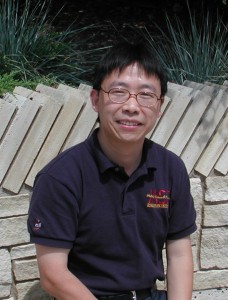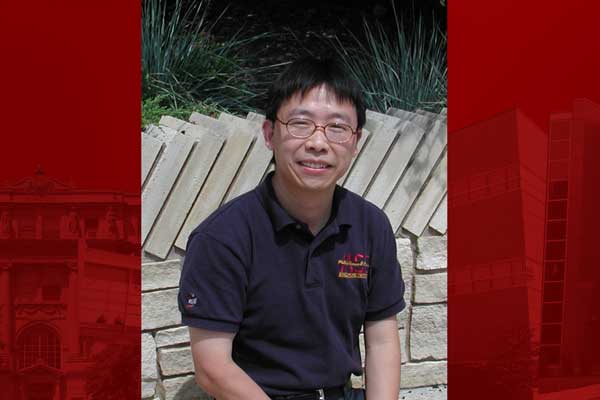Associate Professor of Materials Science and Engineering Xiaoli Tan’s paper, “Evolving morphotropic phase boundary in lead-free (Bi1/2Na1/2)TiO3–BaTiO3 piezoceramics,” was one of the most cited papers of 2012 in the Journal of Applied Physics.

In the paper, Tan and his research partners examine the morphotropic phase boundary, or the composition range with coexisting crystalline phases, in lead-free piezoelectrics.
Piezoelectric materials are ones that accumulate an electric charge in response to mechanical stress. These materials, which enable the conversion between electrical and mechanical energies, are in demand by the automotive industry, for medical instruments, and in underwater telecommunications.
The researchers’ work demonstrated for the first time that mixed phases could be altered by applying strong electric fields, and the responsiveness of the constituent phase is the dictating factor for large piezoelectric effect.
“This discovery is significant because it provides new guidelines for the future search of lead-free compounds,” said Tan.
Environmental concern has grown over the extensive use of lead in traditional piezoelectric ceramics, and Tan’s research explores the feasibility of finding lead-free materials with comparable performance to prevent threats to the environment and human health.
“Restrictions on the use of lead in piezoelectric ceramics have put great pressure on ceramists to search and identify lead-free substitutes, and currently there are intensive worldwide researches on this topic,” said Tan. “This article represents a concerted multinational effort on advancing this field.”
Read Tan’s paper in the Journal of Applied Physics: http://jap.aip.org/resource/1/japiau/v109/i1/p014110_s1?view=fulltext
